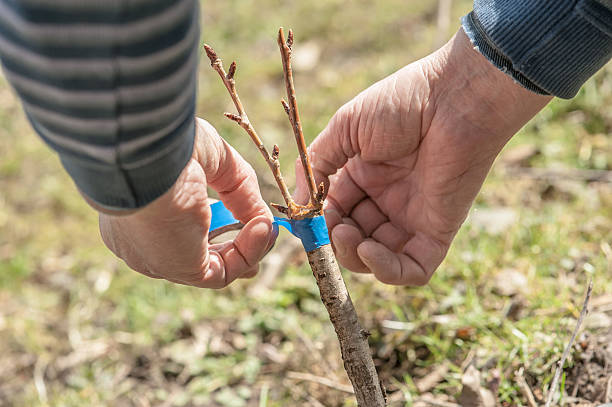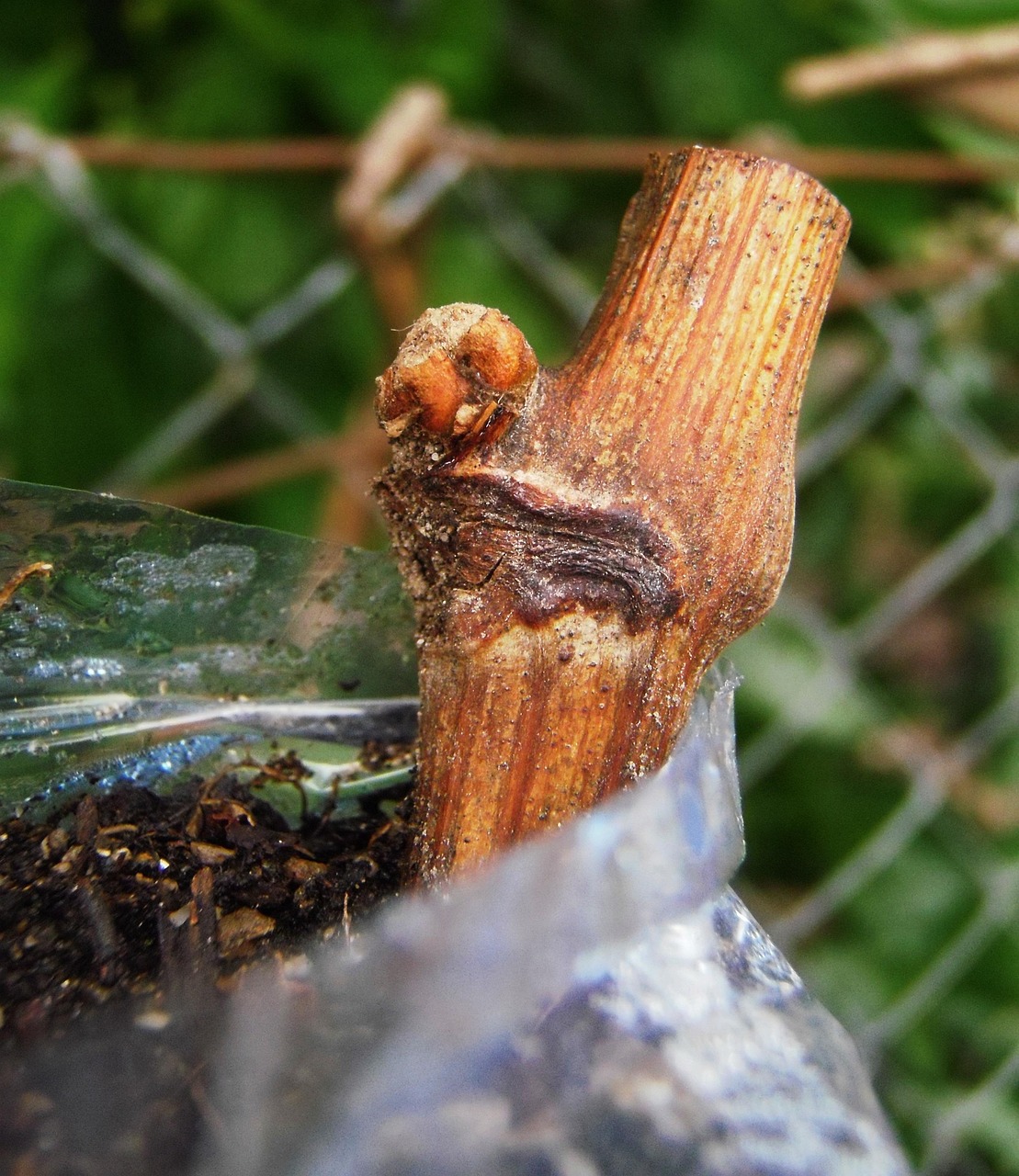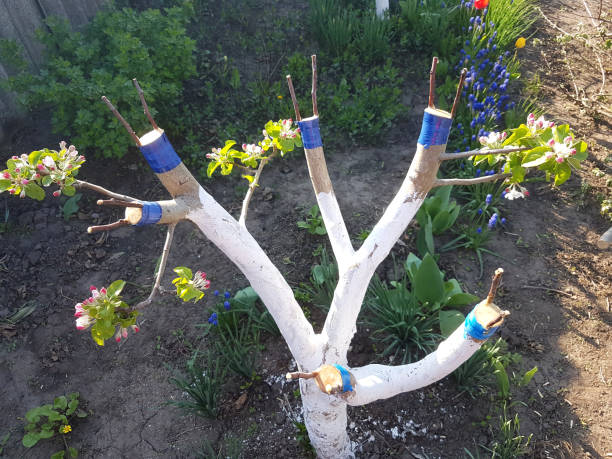Grafting is an excellent method for plant propagation. It allows you to merge the finest characteristics of various plant varieties. With patience and attention, you can effectively cultivate new plants from existing ones. Let us explore how you can achieve this process.
When it comes to grafting, it’s important to remember that not all plants can be grafted together. Only plants that are closely related botanically can successfully be grafted. The process requires the gardener to pay careful attention and have a good understanding of the technique to achieve successful results.
A guide to use when grafting
Selecting the parent plant
Start by choosing a robust branch from the parent plant. Using a sharp knife or garden pruner, make a precise cut, ensuring it is a clean surface that will facilitate successful grafting. Your next step will be to prepare the scion of the parent plant. Concentrate on your scion, which is the small stem with a bud and trim the end at an angle to ensure a snug fit when inserting it into the stock.
Cut the stock and insert the scion
Make a downward incision on the stock. The cut should be sufficiently deep to accommodate the scion. This helps ensure a solid connection between the two components. Now, carefully place the scion into the incision you made on the stock. The layers need to align, as the alignment increases the likelihood of a successful graft.

Image Credit: Unsplash
Secure the graft
Using a grafting tape or any strong garden tape, make sure the graft you just made is secure. This will hold the scion and stock together during the healing process of the plant. Check to make sure the alignment is proper before you tape everything up. This part is important as proper alignment encourages a strong connection and promotes growth. Make sure you protect the plant from any moisture loss.
Patience is key
With gardening, patience is key. Be patient! Over time, the graft will take hold, and you’ll notice new growth emerging from the scion.

Image Credit: Pixabay
The best time to graft your plants is late winter, after the last severe cold temperatures, or early spring, just as new growth begins. Timing is crucial.
ALSO SEE: DISCOVER THE BISEXUAL ICON TRILLIUM WILDFLOWER
Feature Image: Pexels

